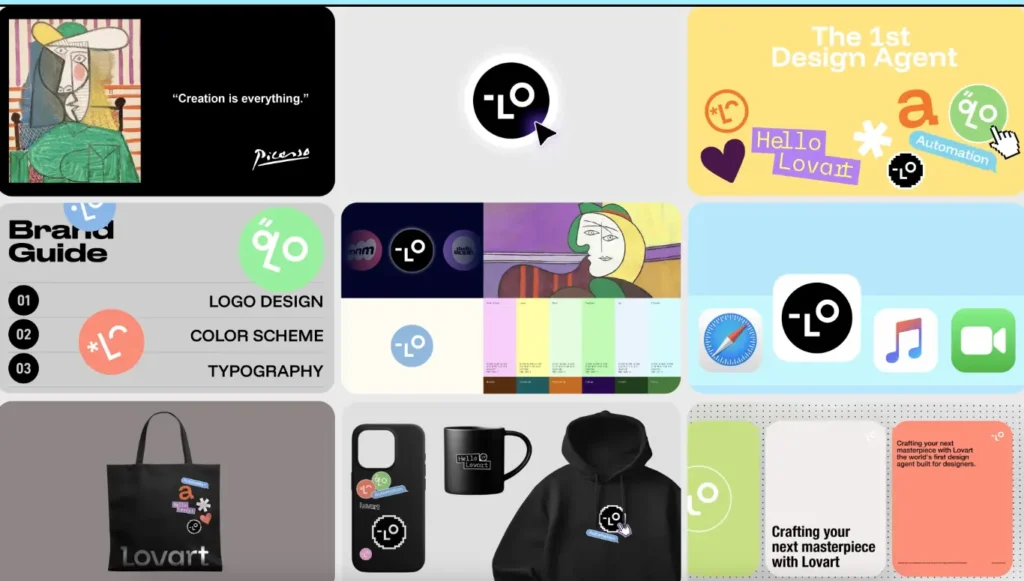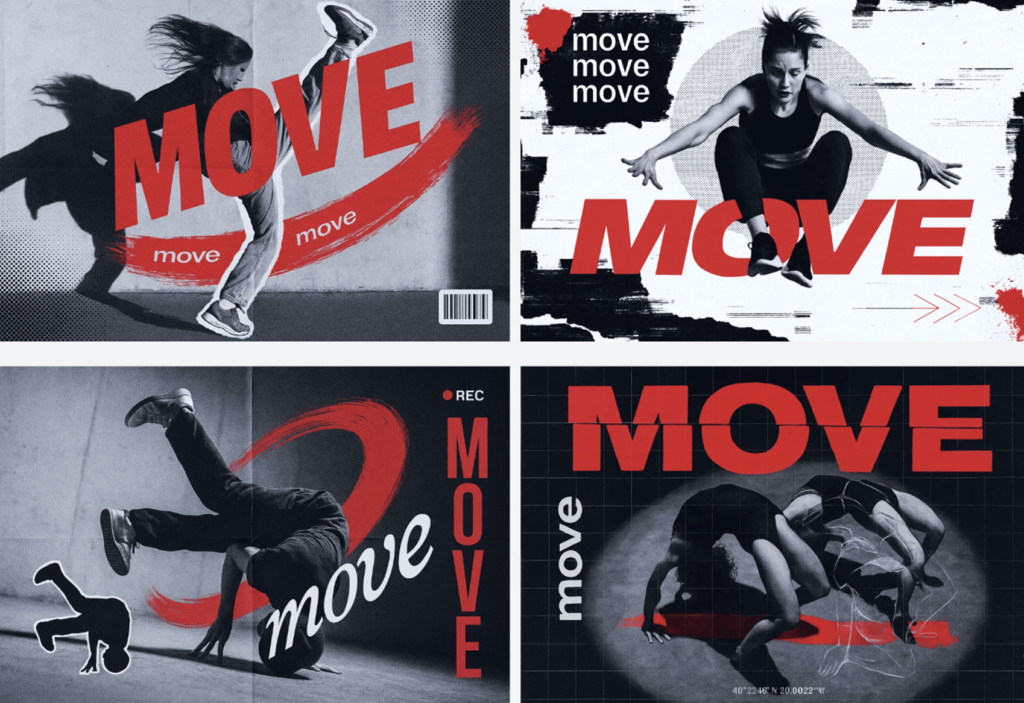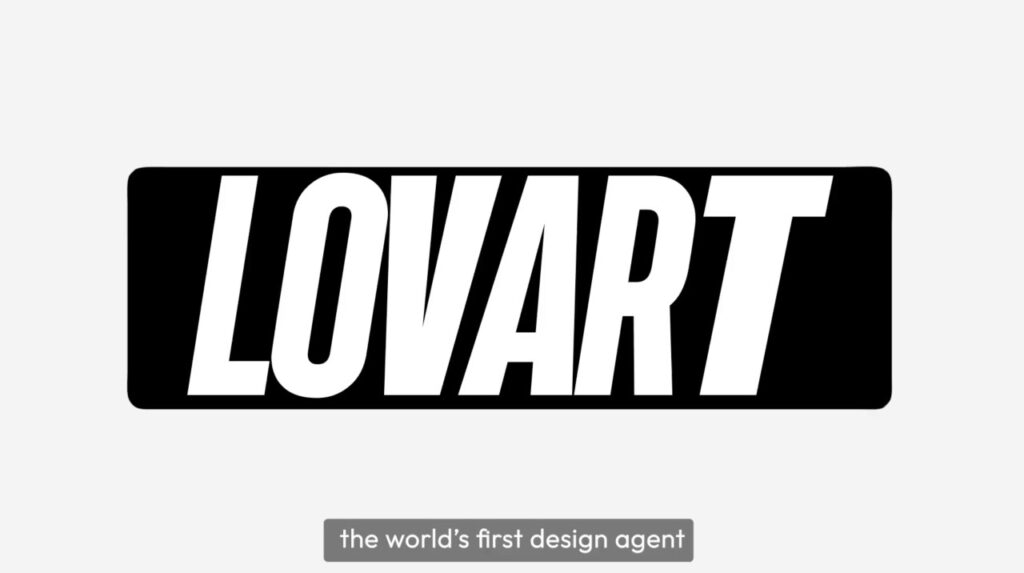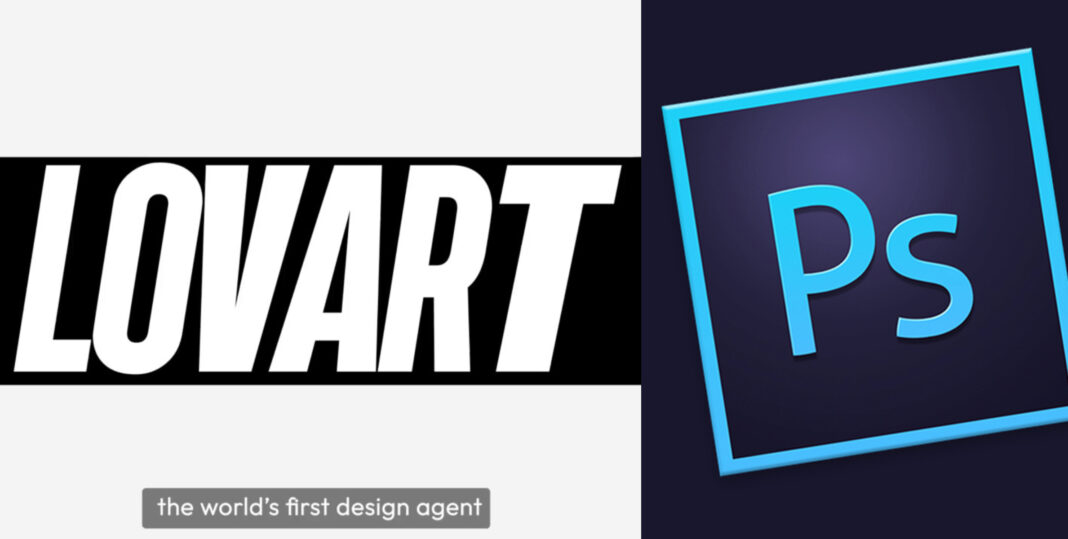A bold new tool has just hit the tech world, and it’s shaking the foundations of traditional design software. Introducing Lovart, the world’s first AI-powered design agent that turns simple text into stunning visuals. The fun fact about this new tool is that it does not require any training or design skills. It can create everything from posters to videos to music-synced animations. Lovart is giving ordinary users the power of a full creative studio right in their browser.

What makes this even more explosive? Experts are calling it a direct threat to industry giants like Adobe Photoshop. While Photoshop requires layers of learning, Lovart simplifies everything: you describe what you want, like “a music-themed birthday invite with glowing text,” and it delivers polished, ready-to-use content in seconds. Think of it as having a personal designer, editor, and animator rolled into one smart assistant.
Lovart doesn’t just create static images — it combines graphics, video, and audio into rich, editable scenes. Users can move elements around, adjust layers, change music, or tweak animation — all through an intuitive interface built for speed and ease. It’s the kind of innovation that could redefine who gets to be a creator.
Currently in beta with a fast-growing waitlist, Lovart is already being hailed as the next big leap in creative tools. For students, business owners, marketers, or casual users, it opens a whole new world of possibilities — no downloads, no complex tutorials, just smart design made easy.

Apart from posing a threat to design software giants, Adobe Photoshop it also poses a serious disruption to traditional graphic design roles. For clients who need quick, low-cost, or basic designs, AI tools like Lovart reduce the need to hire professional designers, leading to fewer freelance gigs and reduced demand for entry-level design work. This could affect income streams and job security for many in the creative industry, especially those just starting.
However, instead of seeing Lovart as a competitor, graphic designers can treat it as a powerful assistant. By using Lovart to handle repetitive or time-consuming tasks (like drafts, templates, or simple social media graphics), designers can focus more on strategy, brand development, and advanced creative work — areas where human insight and storytelling still outperform AI.

Additionally, designers can position themselves as creative directors or consultants, helping clients customize, critique, and elevate Lovart-generated content for deeper impact. Learning how to prompt, refine, and creatively edit AI-generated assets can also give designers an edge in this new era.
Ultimately, designers who evolve into AI-augmented creatives, not just tool users, will continue to stay relevant and in demand. Photoshop might have ruled the past, but Lovart is designing the future.




